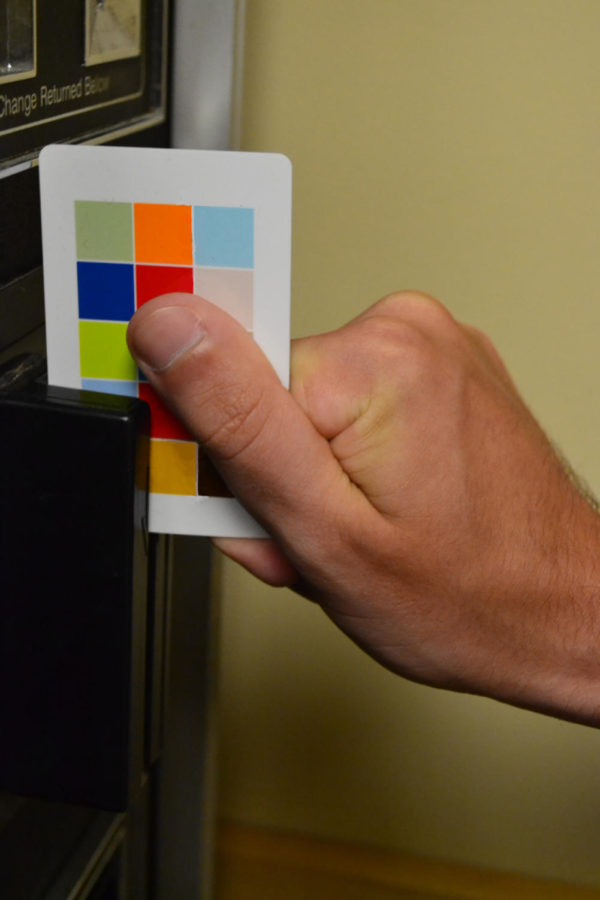Yetley: Credit spending hurts students in debt
July 18, 2013
Whether it is at a community college, a state university or an Ivy League school, students rack up a lot of debt. The average student debt is $24,301. 40 percent of those who have student loans are under 30 years of age, 42 percent are between 30 and 50, and 17 percent are over 50 years of age.
Just imagine, 50 years old and still paying off college. That is 28 years of paying for four years of education, give or take. So for every year a student is in college they could spend up to seven years paying for it. I don’t even want to dive into what those who go to graduate college or professional school have to think about paying.
What if students had to pay with cash for college? What would someone do if they had $20,000 in their hand? Most people have not seen that much money in cash. I would venture to say that a lot of people would go on a spending spree, and consequently not go to college. It’s hard to keep cash, not to mention dangerous, which is one of the reasons why we put our money in the bank. But is that getting too easy?
Fewer and fewer people use cash these days. With online shopping and banking, the numbers on a screen are easier to access than the bills in hand, not to mention faster. Everyone carries their credit or debit card on them which is much smaller, quicker and doesn’t “run out” in the same way physical cash does.
More than 50 percent of the graduating class of 2013 was surprised by how much debt they accumulated, according to a recent study done by Fidelity Investments. This means that students were not keeping track of their debt during their time in college. This careless money management comes not only from the student population, but the population as a whole. Isn’t this how our nation became a nation in massive debt? We borrow more than we can afford to pay off and then we are stuck with the consequences of foreclosed houses or bankruptcy.
Yes, loans give us more opportunities than we could possibly afford without them, but are all opportunities a good investment? Education is the best investment because the average American ages 25 to 34 with a bachelor’s degree will earn 114 percent more annually than the same-aged American without a college education. That’s generally a difference of $25,000 a year, which can make a huge difference in one’s standard of living. Business investments offer tremendous opportunities, as long as they are smart, well planned out investments. But these types of loans are not the issue.
Careless money management is the frivolous shopping done on credit, or the house that is clearly too big for the budget. Vacations every year are not a necessity, and neither is a car for every child or an extravagant Sweet 16 party. If people only spent the money that was in their hands not credit, then we could be the prosperous nation we once were.
For students, it’s not just tuition that is weighing us down in debt, it’s the same shopping on a credit card as the rest of the nation. Students in debt shouldn’t be spending left and right. Spring break does not automatically mean that you need to travel to a beach to relax. Relax on a couch, it’s much cheaper.
Perhaps the issue is not cash or credit but smart budgeting in general. The easiest budgeting strategy for those who think visually is to actually see their money. But there are many different budgeting strategies out there. The important thing isn’t which one a person uses, but that they have an efficient and effective strategy.
The “American dream” should not be bought on credit, but on hard work.

















